Roof Coatings: Top-Level Protection
By understanding existing roof systems and new coatings options, managers can protect facilities and equipment from damage.
Roof coatings have become highly effective tools for maintenance and engineering managers looking to extend the performance lives of roofing systems on institutional and commercial facilities. For coatings to deliver the desired benefits, however, managers and front-line technicians face a series of key considerations.
Managers seeking successful applications need to understand the type of roof system and its condition, be aware of the characteristics of various coatings types, and ensure technicians perform effective inspection, coating applications and maintenance.
What’s on top?
Since roof coatings available on the market are made from specific formulations for one or several membrane types, none of them are made to coat all types of roofs. As a result, managers need to be certain the coating under consideration is compatible with the roof surface to be coated, from asphalt, built-up, EPDM or Hypalon to metal, modified bitumen, PVC, spray polyurethane foam (SPF) or TPO.
For example, SPF roofing is sprayed on. It is seamless and light weight — a 3-inch thickness weighs only 1 pound per square foot — allowing for several re-coatings without the added coating weight exceeding the load limit of the supporting structure. SPF surfaces need recoating more often because they are vulnerable to damage from heavy foot traffic and hail, its ultraviolet resistance is low and its waterproofing quality is low.
As another example, gravel roofs cannot be liquid-coated to stop leaks due to the difficulty of finding the source of leaks in the uneven surface. Also, gravel roofs absorb heat and stay hot longer after the sun goes down than other types of roofs. When damage below the roof due to leaks becomes a problem, managers might choose to replace the gravel with a smooth roof.
Assume a manager selects a three-ply asphalt roof coating under pea gravel, crushed rock, or quartz. The gravel is completely removed, and the surface underneath is pressure-washed. Technicians perform any needed repairs before finishing with a coating, such as silver-fibered aluminum. If the owner wants to keep the gravel roof, one way to repair it is by smoothing the gravel and applying a thick, heavy-rolled roofing base coat over the gravel and a hot torch roll roofing application on top.
Comments
Source: Commercial Roofing




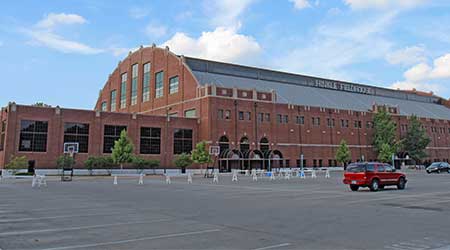
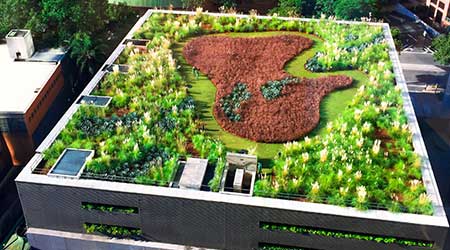

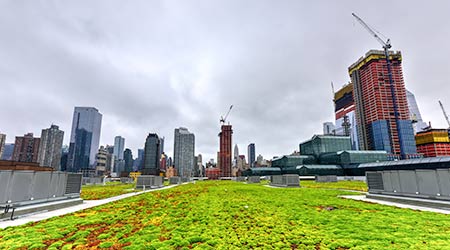
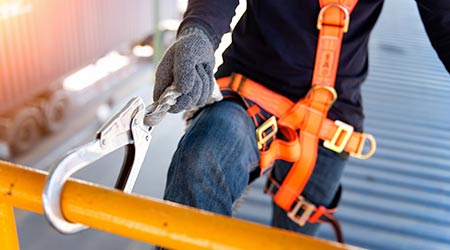


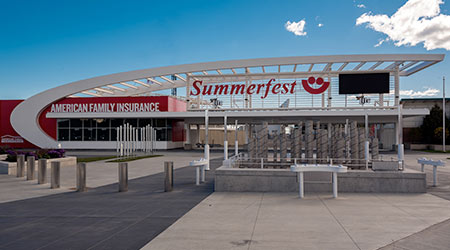
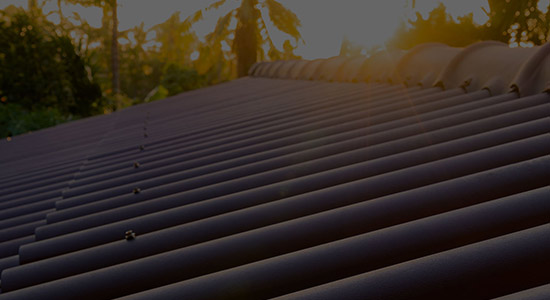


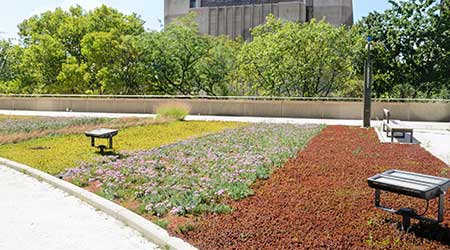
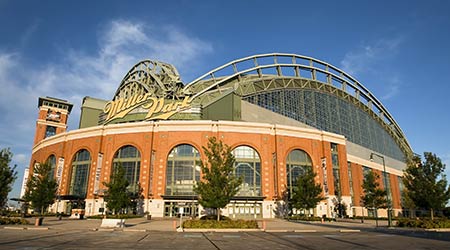
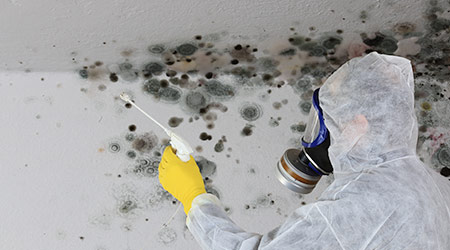


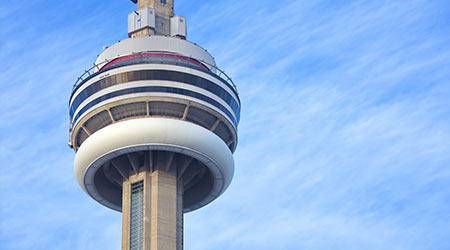
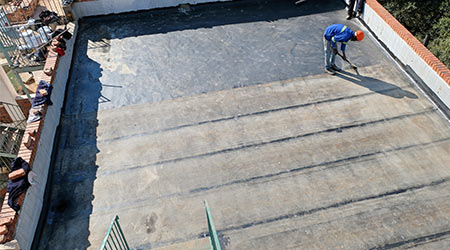

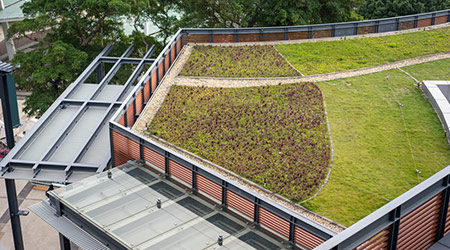
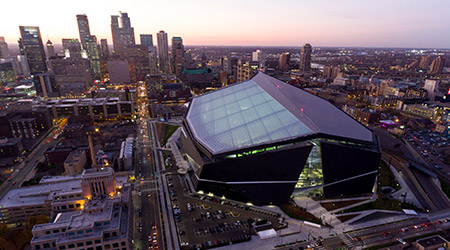
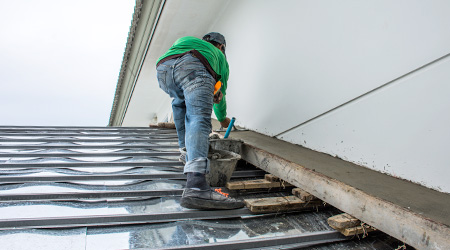
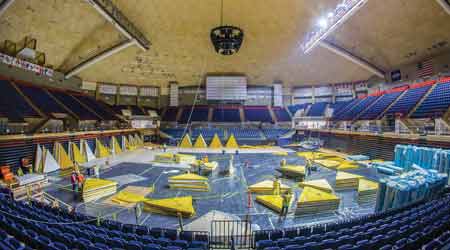
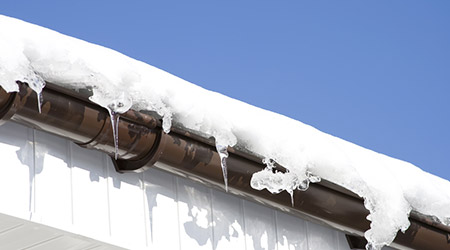
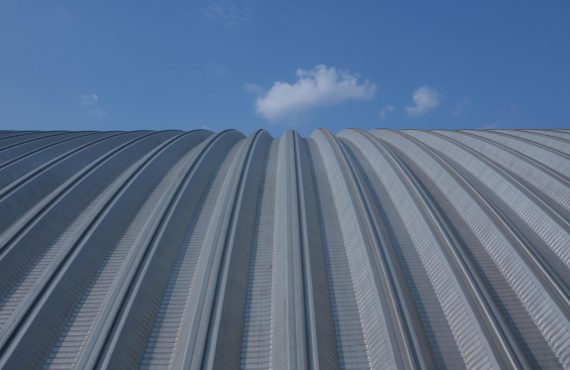
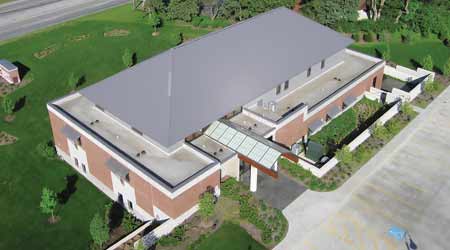

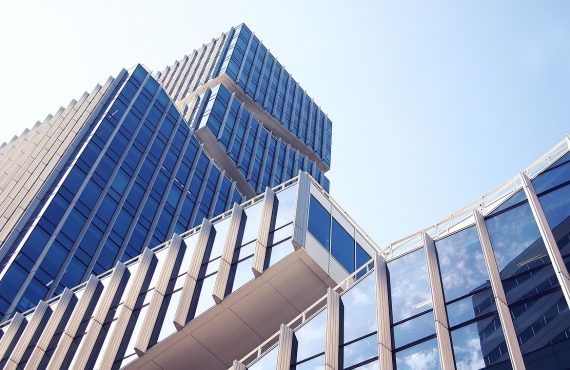
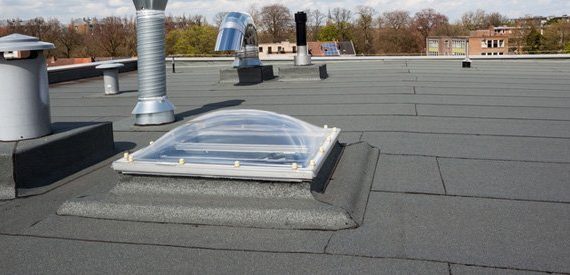
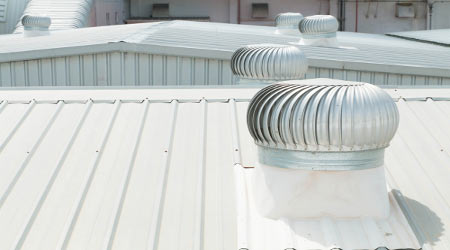

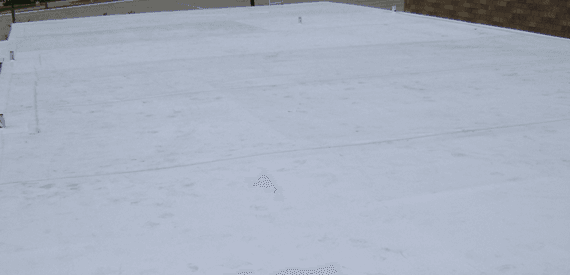


No comments yet.